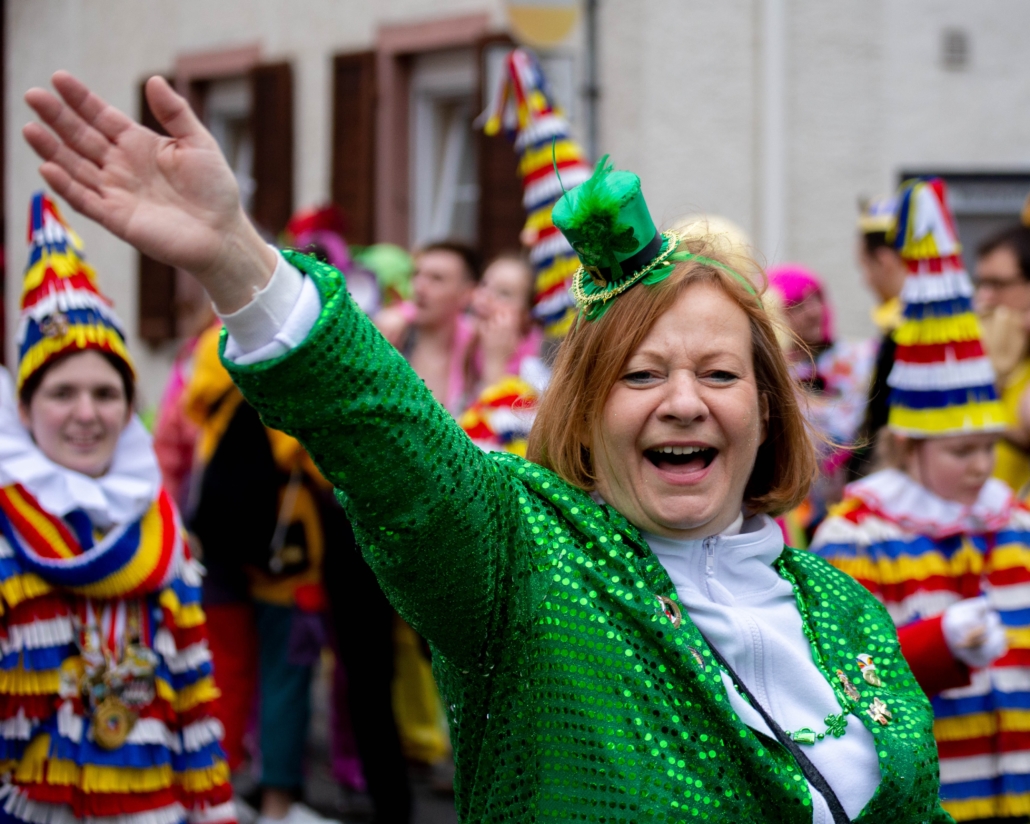4 False facts about St. Patrick’s Day
Almost eveybody heard about St. Patrick’s Day, even if you’re not from Ireland. But how much do we actually know about its history? Many of these popular St. Patrick’s Day known “facts” actually aren’t true. Here are at least 4 false facts about St. Patrick’s Day that we found while digging through its history.
🍀St. Patrick was Irish. FALSE!
The patron saint of Ireland was actually born in Scotland in the late fourth century. When he was a teenager, Palladius (his real name) was kidnapped and sold into slavery in Ireland. Six years later, he escaped and went back to Scotland, where he joined a monastery. As an adult, Palladius returned to Ireland as a missionary, where he lived for 40 years, dying in A.D. 461. He’s just one of many historical figures you’ve probably been picturing wrong.
🍀St. Patrick was a canonized saint. FALSE!
Does that surprise you? Well, the process of officially canonizing saints didn’t become common practice in the Church until long after St. Patrick’s death. During St. Patrick’s lifetime, “saint” was not an official title bestowed only on those whom the Pope deemed worthy. It was instead more of a general title that would be assigned to people who lived especially holy lives or performed acts of martyrdom.
🍀Green is the color of St. Patrick’s Day. FALSE!
This is a popular St. Patrick’s Day fact that isn’t true. Although green is the color most associated with Ireland (it is the “Emerald Isle” after all), it’s not St. Patrick’s color. Members of the Order of St. Patrick actually used blue as their symbolic color. The shade: St. Patrick’s blue.
🍀It’s easy to find a four-leaf clover. FALSE!
You might need to find an alternative for good luck. The odds of finding a four-leaf clover are about 1 in 10,000. So, it’s more difficult than you think to find a four-leaf clover.




